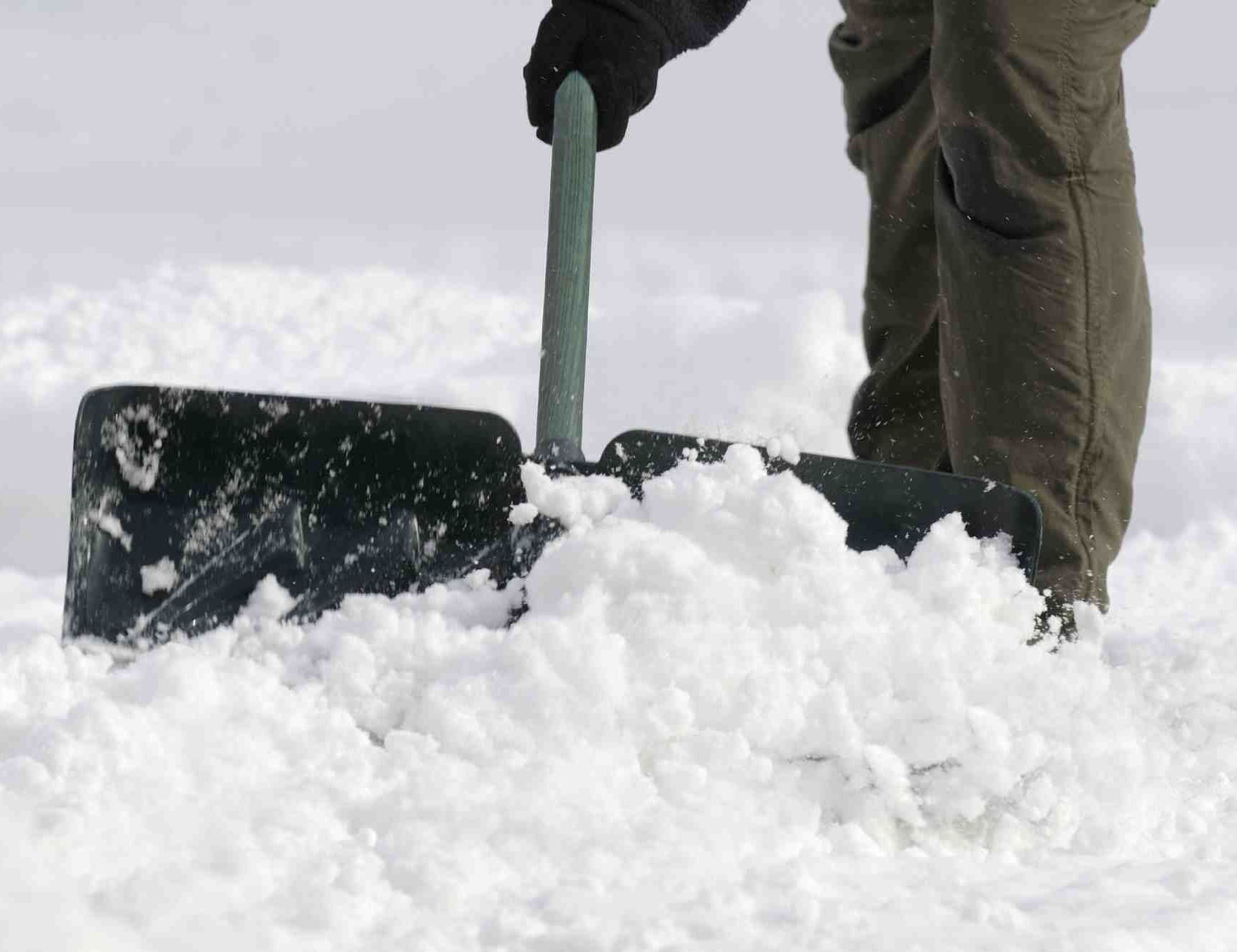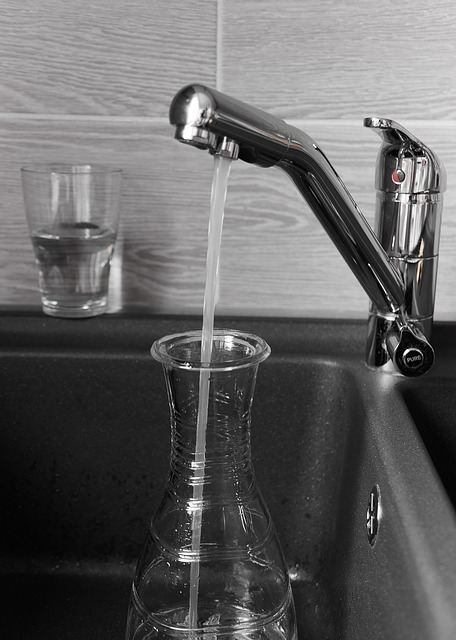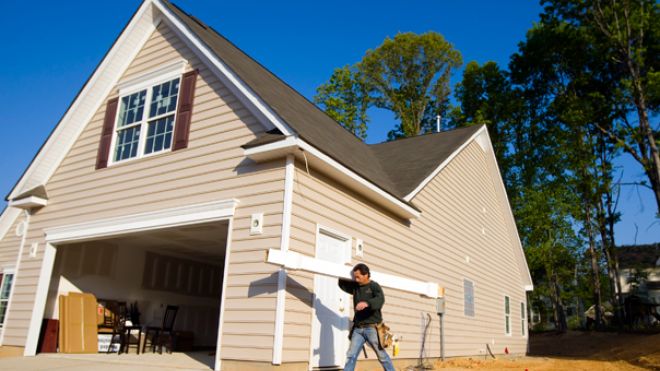
Some Pointers for Snow and Ice Removal
 A fresh blanket of snow is a pretty sight. Perhaps for a few minutes. Or in a photo. Or if youre a children and youre getting a snow-day. But if you’re a property owner, eliminating this blanket is no cozy duty.
A fresh blanket of snow is a pretty sight. Perhaps for a few minutes. Or in a photo. Or if youre a children and youre getting a snow-day. But if you’re a property owner, eliminating this blanket is no cozy duty.
Snow Blowers
Everyone understands about snow shovels, naturally, but an alternative worth thinking about if you reside in a heavy snow location is a snow blower. There are 3 standard types, with varying uses and capacities.
Single-stage snow blowers are good for the majority of metropolitan and suburban uses. They are light-weight and maneuverable; have a rubber edge auger that gets very near to the pavement; handle damp, heavy snow very well. But they will not handle the tough, icy buildup left behind at the end of your driveway by the snowplow, and are not ideal for gravel.
A two-stage snow blower is good for bigger driveways or wandering snow. It has an auger that breaks up the snow and an impeller that tosses it. Its skids adjust the height and for that reason are good for gravel. Many are self-propelled.
If you have a yard tractor, it might have a snow blower accessory. Check with the producer.
 Frequently, getting rid of the snow is simply the initial step in the procedure of making your driveways and pathways snow and ice-free. Dealing with the ice left is the next difficulty. Ice does not just freeze on the pavement, it adheres the pavement. Breaking that bond, or keeping it from forming in the first location, is the job of chemical de-icers or anti-icers.
Frequently, getting rid of the snow is simply the initial step in the procedure of making your driveways and pathways snow and ice-free. Dealing with the ice left is the next difficulty. Ice does not just freeze on the pavement, it adheres the pavement. Breaking that bond, or keeping it from forming in the first location, is the job of chemical de-icers or anti-icers.
A de-icer is a chemical representative that is spread on snow or ice. It does not melt all the snow; it permeates with to the surface area of the pavement and melts the ice there, breaking the bond and making it simpler to eliminate the snow.
An anti-icer is a chemical representative that is used before the snowfall starts. It avoids the bonding, consequently facilitating the removal of snow to the surface area of the pavement.
There are lots of chemicals and chemical blends available to make use of as de-icers and anti-icers. While the chemistry is simple, the option of which to utilize is not. Many elements should be considered and much of the details is puzzling or even clashing.
For years, the most typical de-icer has actually been rock salt. The indirect damage and environmental concerns were balanced out by its cost-effectiveness.
Today, more eco friendly and considerably more efficient chemicals are readily available.

Any de-icing chemical has the potential to hurt the environment if misused. Some will chemically assault concrete. All should be used strictly according to the producer’s guidelines. Over application of any can damage vegetation; even those products declaring to be made from fertilizing components can trigger harm.
If you use the chemicals as rainfall begins, their efficiency is increased and the quantity needed is lessened.
New Technologies
If snow falls on a warm surface, it melts. Issue fixed. So the concern is, exactly how do you warm the surface? There are three basic options electric, hydronic and infrared.
Electric snow-melting systems utilize buried cable televisions to heat up surface areas such as sidewalks and driveways. They need to be laid prior to concrete is poured and could require updating the electrical service panel but can comply with any shape. Lower installation and maintenance costs could be countered by higher operating costs.
Electric heat-conducting rubber mats are a cheaper method and need no modification to melt snow.
These simple- to-install rubber mats offer several years of use.
Hydronic systems make use of versatile pipelines buried under concrete to circulate heated fluid that warms the surface area. They too need to be laid before concrete is poured. It is possible to tie them into your existing heating system so that greater setup and maintenance expenses might be countered by lower operating costs.
Infrared systems use quartz lamps on poles targeted to heat up preferred surfaces. These systems benefit area applications or remote pathways and require little time for warm-up. They are more quickly set up and great for retrofitting, however they consume more energy making them more costly per square foot to operate when compared to the various other systems.







